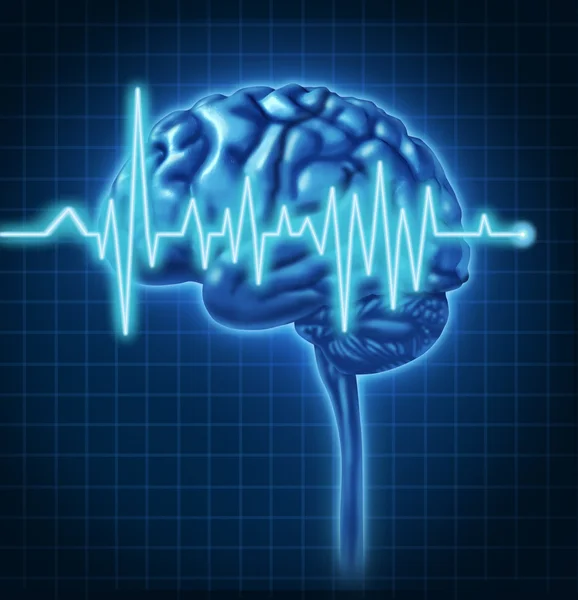
In the past, those who had a transient episode of cerebral ischemia, marked by symptoms that resolved quickly, were informed they had a Transient Ischemic Attack (TIA). Over time, this was translated by the lay population as a “mini-stroke” or “almost a stroke.” And, consequently, these events became minimized as they were deemed “not that bad.”
Unfortunately, recent imaging techniques and the progression of science have led to the discovery of damage to brain tissue, within the majority of these events, which historically were believed not to leave any lasting effects. Additionally, TIAs are not treated differently from a stroke concerning the risk of further events and treatment.
Therefore, it is essential to change our language. First and foremost, it’s crucial to be accurate from a diagnostic perspective. Secondly, what we name a situation or event, has behavioral impacts on those we serve. If patients believe a stroke has occurred, they think differently than if they are informed that a “warning” sign incident has transpired. Typically, they are more engaged and motivated to change their lifestyle when stronger language is used. How one perceives a situation is psychologically significant to the response to the problem.
Hence, it is a vastly different message when one says to a patient, “You have had a stroke; you are lucky that you do not have numerous residual symptoms; let’s not press out luck.” Versus sharing, “You have had a warning sign with a TIA; nothing horrible happened. However, let’s be more aggressive in the treatment.”
Our psyche hears those messages differently. Since there is no significant clinical difference between the vast majority of TIA’s and strokes, the accuracy of our language may better improve activation and engagement.
As we increasingly learn more, it’s crucial that we be willing to change what is no longer factual. Luckily, we have successfully witnessed this pivot in other dimensions, such as cardiology; the term “unstable angina” has been dropped from our lexicon and folded into the category of Acute Coronary Syndrome. The commonality between unstable angina and myocardial infarction is significantly more important than any difference between them. Cerebral and coronary vasculature and the resulting ischemic events in the brain and heart are incredibly similar.
Let us progress in using the correct diagnosis as we must realize the possible positive impact it may have on those we serve. Though we might not consider the parsing of such words matter, they really do.
